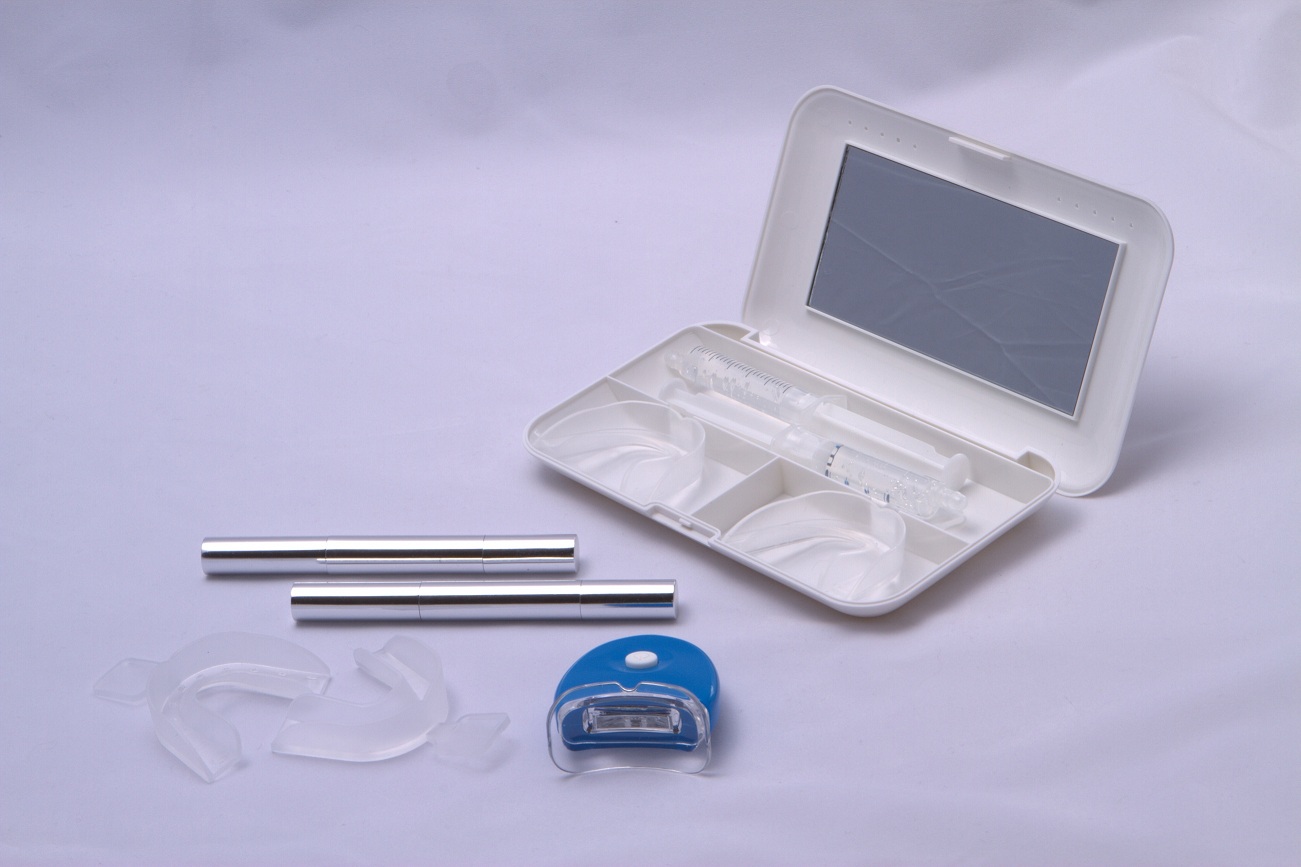Many people have turned to at-home teeth whitening kits of all kinds to give themselves a brighter, whiter smile. But these kits vary widely in terms of their safety and effectiveness. Depending on the type of kit, there can be severe side effects if you do not follow directions carefully.
Take tooth bleaching kits that use peroxide, for example. Overusing these kits can lead to:
- Irritated, inflamed gums
- Splotchy dark spots
- Painful sensitivity
- Excessive shipping or cracking
A person could use a teeth-whitening kit to improve their smile, only to create dental problems which make things much, much worse.
Official Statement from the ADA
Back in 2009, the American Dental Association (ADA) released a report for dentists. This report reviewed the evidence for whitening kit safety. It’s worth quoting the main paragraph summarizing the findings:
“Although published studies tend to suggest that bleaching is a relatively safe procedure, investigators continue to report adverse effects on hard tissue, soft tissue, and restorative materials.
“The rate of adverse events from use or abuse of home-use OTC products is also unclear because consumers rarely report problems through the U.S. Food and Drug Administration (FDA) Medwatch system. Based on these factors, the American Dental Association (ADA) has advised patients to consult with their dentists to determine the most appropriate whitening treatment, particularly for those with tooth sensitivity, dental restorations, extremely dark stains, and single dark teeth.”
This does not say that at-home whitening kits are unsafe. It simply states that 1) most complications are due to folks being too aggressive in their use of at-home kits, and 2) the rate at which problems occur is likely under-reported. For both these reasons, conferring with a professional before you start (to uncover issues and/or discuss alternatives) is the way to go.
Some Safer Alternatives to Tooth Whitening Kits
After hearing about some of the risks that at-home kits pose, many people search for alternatives. Here are some we recommend here at the Dental Health Society:
Try your dentist. Many dentists offer teeth whitening as an additional service. The dentist administers the whitening agent in his or her office, and is able to oversee the timing and concentration of the whitening agent, making this a much safer option.
Try a whitening toothpaste. Many toothpastes now offer tooth whitening formulas. Though not nearly as concentrated as a kit, it can be a good way to make small changes and see how things go. Try one and see how your teeth and gums respond after using the toothpaste for a few weeks, then discuss other options with your dentist to find out if professional teeth whitening is for you.
Try changing up your toothbrush. Sometimes, using a different kind of toothbrush can make a difference. For example, if you use a medium- or hard-bristled brush, the bristles might not be flexible enough to reach the surfaces between your teeth, leaving stains behind. Switching to a softer brush can help. Also, trying an electric toothbrush can introduce movement that helps scrape away stains, naturally leading to a whiter smile.
Follow the instructions. If you an at-home teeth-whitening kit is for you, be sure to consult with your dentist. Then read and follow the instructions carefully. Those instructions are there for a reason: They will give you the best results and minimize the risks.


